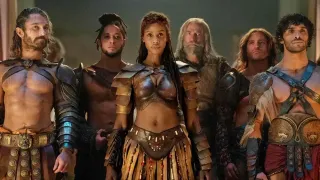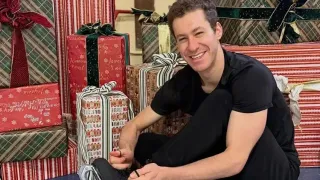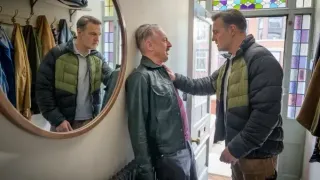March 27, 2015
Aging in America, Part 3: What Can We Do for Ourselves?
Kilian Melloy READ TIME: 2 MIN.
Part One in this series, stressed the impending crisis regarding America's aging population, an issue not being well acknowledged or addressed by government and/or "We the People."
Part Two addressed diversity, collaboration and self-reliance with respect to aging.
For Part Three, the discussion focuses on three steps that all communities can and should collaborate on to devise and implement feasible strategies, to accommodate the rich diversity of its citizens. Concepts agreed upon, to relieve what is rapidly becoming one of the social, cultural, political and economic crisis of our time - an aging America.
1. Compile, index, publish and broadly circulate a continuously updated (in print and online), resource list of federal, state, county and city government offices, as well as community organizations, which address aging issues and challenges.
2. Create over-lay density maps showing where seniors reside, relative to affordable and accessible transportation, housing, health care, shopping, entertainment, social events and opportunities. Also including services and products available in the districts, zip codes, neighborhoods in which they reside
3. Convene a think tank of representative seniors, professionals, government officials, organizations and groups to evaluate the mapping results and devise strategies that work toward cost-effective solutions that meet the challenges.
These three simple steps will help identify senior issues in whatever geographical location they may reside. Highlighting the nature of individual differences, socially, culturally and politically, so that the implications of that diversity is not glossed over or ignored during planning stages.
Mining and processing the most reliable and current information available is key to devising and implementing the best feasible and most productive solutions. This includes resources such as the United States Census, voting and tax records, along with previously collected data and information from completed studies and reports that are publicly available. Technological services and tools exist for extracting information from existing databases and computer-based resources that can be intelligently analyzed.
In short, communities and neighborhoods who work with government representatives to tap into existing resources can focus not on "re-creating the wheel," but on filling in the missing spokes of those existing, have the greatest shot to successfully identify and address the issues. This task is perfectly suited to a think tank approach, with members solicited from a broad cross-section at the local city and county levels and, when feasible, at the state and national levels.
This approach to fact collection, evaluation and reporting is most likely to produce mutually beneficial results to all participants and for those whose living conditions they seek to improve.
The most promising course for yielding cost-effective and real-time solutions, while at the same time mitigating the negative impacts of an aging population, is dealing with the obvious now. Waiting until we find ourselves in the midst of a deeper crisis is not a prudent approach, and would prove devastating to all... regardless of their age, intelligence, wealth or other demographic variables.
 Copyright Rage Monthly. For more articles from Rage visit
Copyright Rage Monthly. For more articles from Rage visit 





